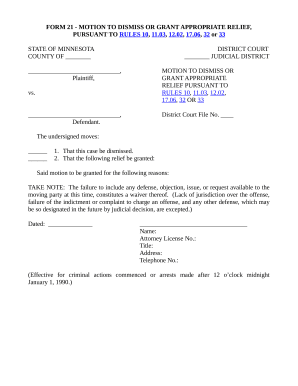
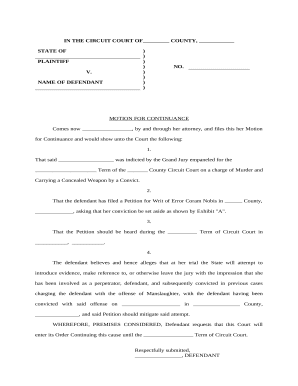
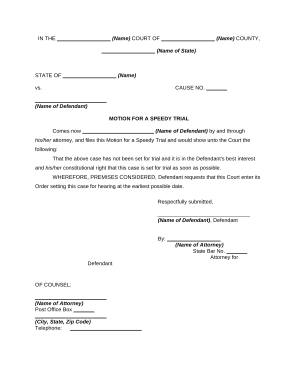
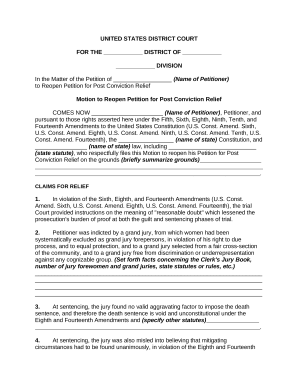

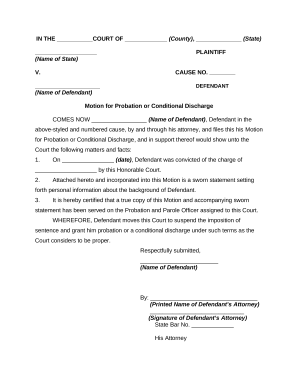
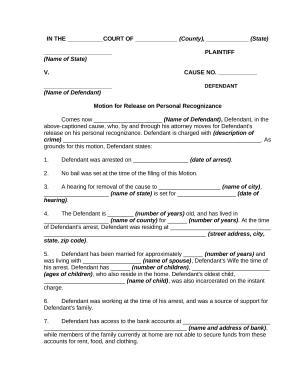
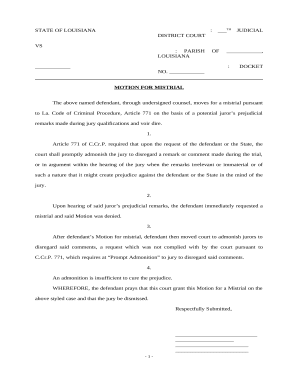

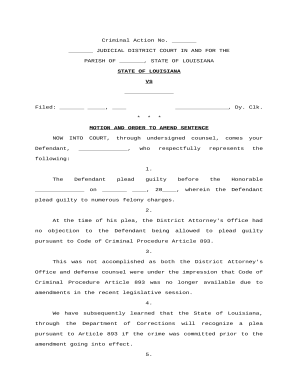
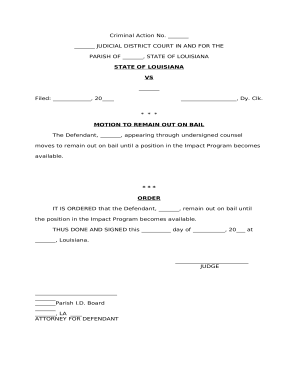
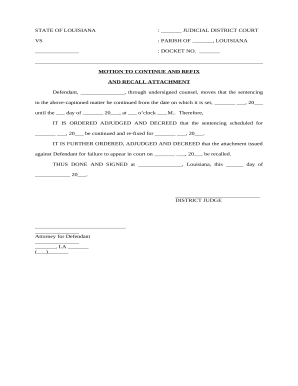


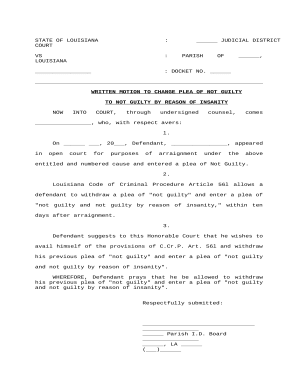


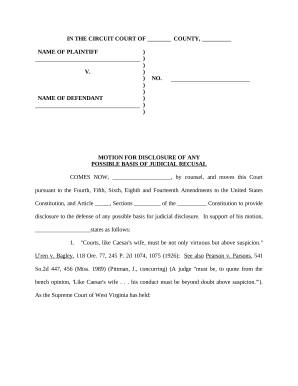
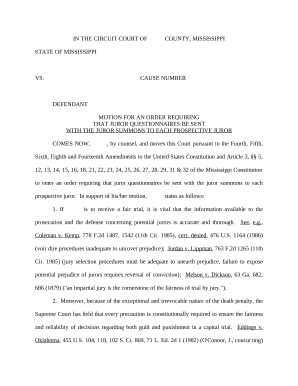
Document managing can stress you when you can’t locate all the forms you require. Fortunately, with DocHub's vast form categories, you can find everything you need and promptly handle it without the need of changing among apps. Get our Motions in Criminal Cases and begin working with them.
The best way to manage our Motions in Criminal Cases using these basic steps:
Try out DocHub and browse our Motions in Criminal Cases category without trouble. Get your free profile right now!